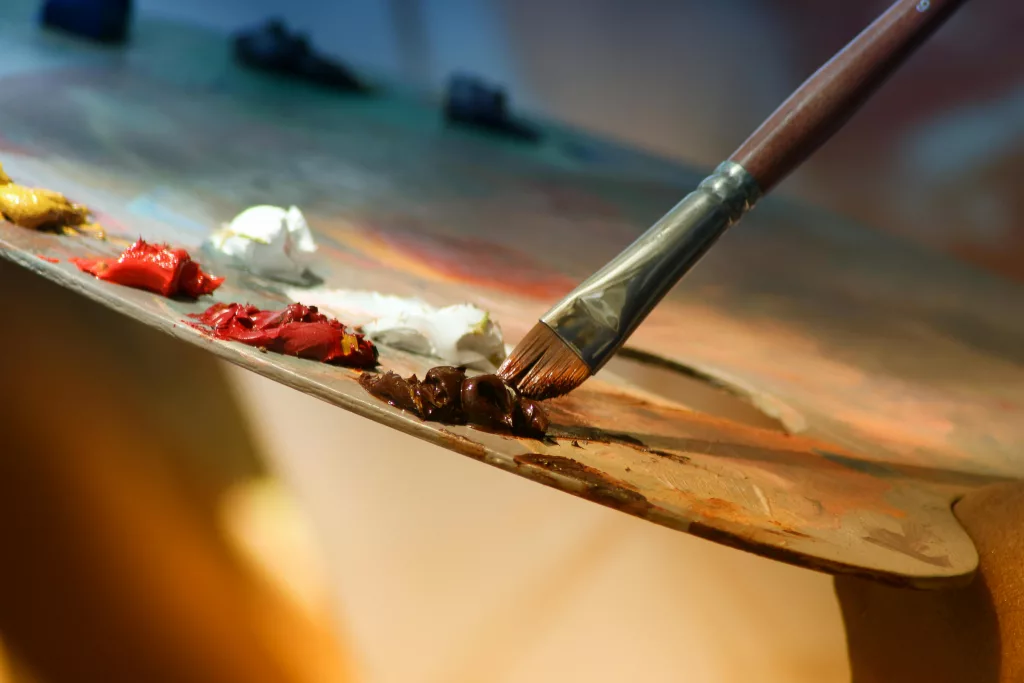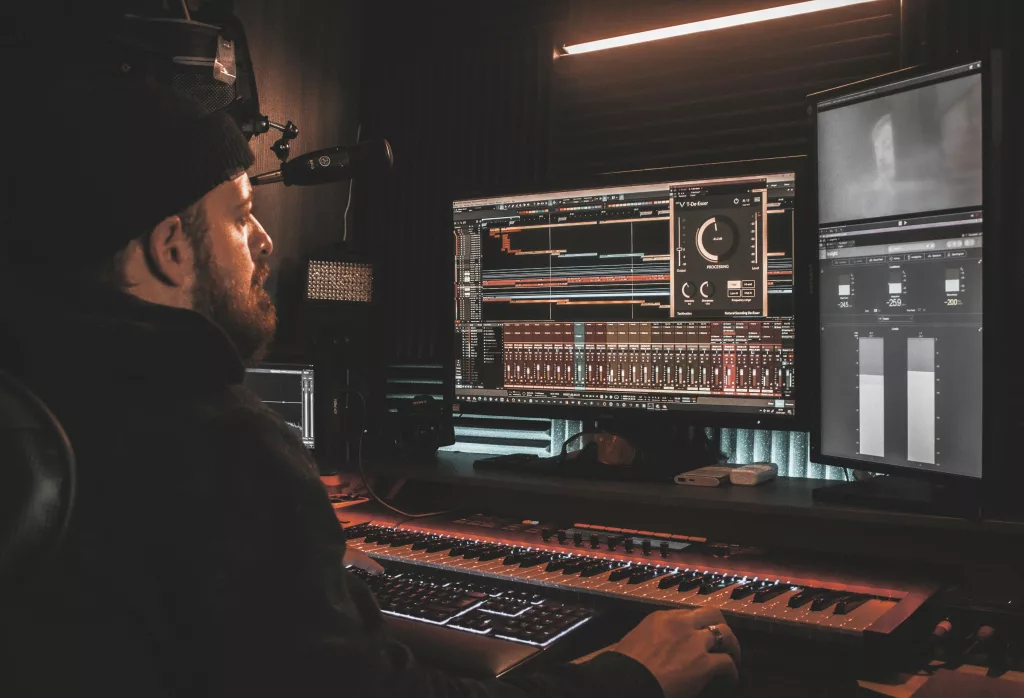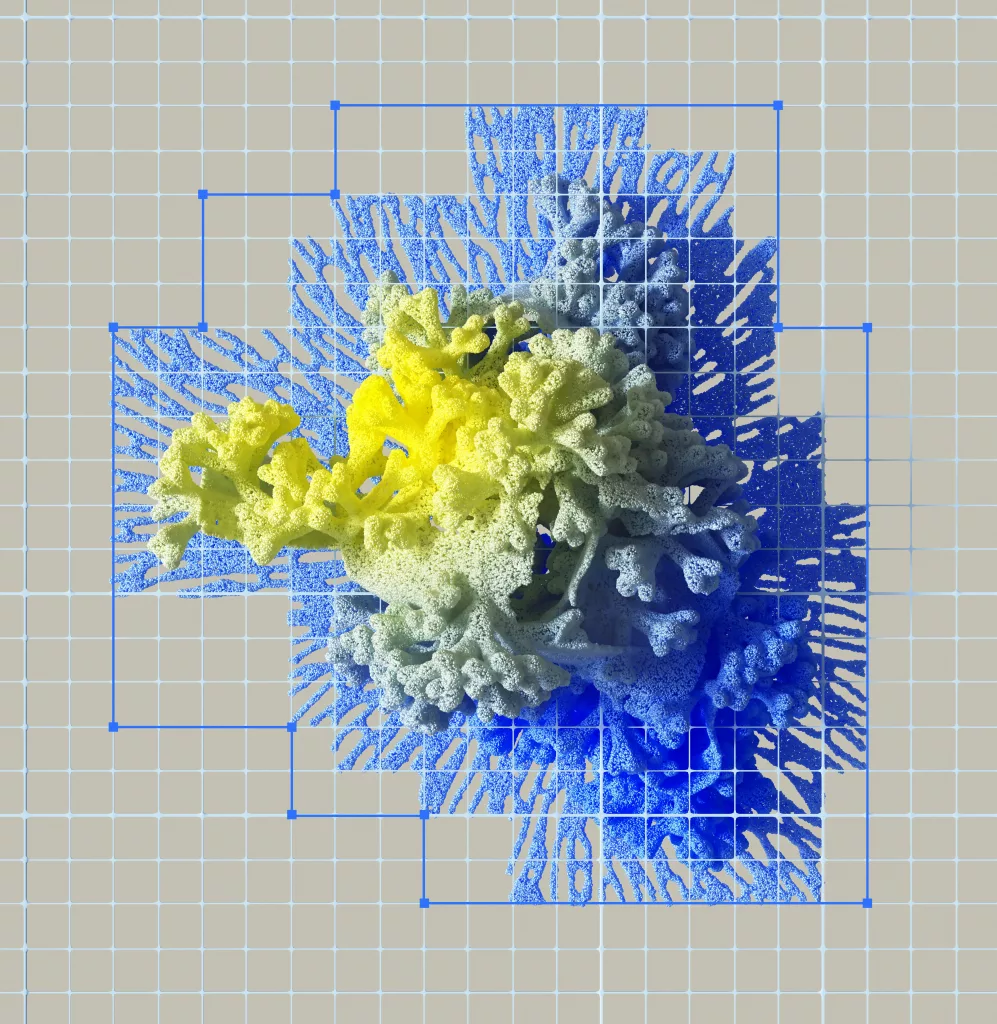The Art of Musical Reverberation


The realm of music, a vast universe of emotions and sounds, extends into the subtle art of reverb. Throughout this article, we will delve into the heart of this technique, exploring its various facets, innovative applications, and how it can elevate your recordings to new creative heights.
Whether you are a musician, producer, or sound engineer, a thorough understanding of reverb is essential to craft captivating sonic landscapes.
Echoes of the Past: The Foundations of Reverb
Reverberation, more than a mere sonic persistence, is the echo of the past, an acoustic legacy left when sound waves bounce off surfaces. It is this sonic signature that breathes life into a space, be it the warmth of a cathedral or the crisp echo of an empty gymnasium.
To truly comprehend it, we must delve into its origins. Picture yourself in a vast empty hall, your voice resonating long after each uttered word. This resonance, this prolongation of sound, forms the very foundation of reverb.
Painting with Sound: The Various Brushes of Reverb
Rather than limiting ourselves to categories, let’s imagine sound brushes, each bringing its unique texture to the musical canvas.
The Plate Brush: Elegance and Depth Plate reverb, akin to an elegance brush, simulates the sound of a vibrating metal plate. It provides smooth and timeless textures, adding enchanting depth to your recordings. Close your eyes, and you can almost feel the rich atmosphere of a 1960s studio.
The Spring Brush: Retro and Engaging Spring reverb, a retro brush, reproduces the sound of vibrations in a metal spring. Often associated with vintage guitar amplifiers, it adds a distinctive and engaging color to your music. It’s the brush that brings a touch of nostalgia, transporting you to a time when rock ‘n’ roll reigned supreme.
The Hall Brush: Grandeur and Spaciousness Hall reverbs, brushes evoking grandeur, reproduce the acoustics of concert halls or cathedrals. Open the sonic doors to majestic spaces. You can almost feel the majestic echo of an orchestra playing in an iconic concert hall.


Applications and Techniques of Reverb
Enveloping Voices: Ethereal and Present The classic application of reverb to frame voices, a way to create an atmosphere and give an airy or distant presence to a voice. Imagine singing in a bathroom, where natural reverb creates a unique ambiance.
Creating Depth: Three-dimensional and Immersive Use it to give a three-dimensional dimension to your mix, placing instruments and vocals in distinct virtual spaces, providing a sonic immersion. Close your eyes, and each instrument seems to occupy its own place in an ever-evolving sonic world.
Sound Experiments: Unbridled Creativity Free yourself from the constraints of real space; use reverb experimentally to design unique sonic landscapes. Transform a simple melody into an atmospheric texture with extreme reverberations. This is where reverb stops being just a technique and becomes an instrument in itself.
Choosing the Brush: Selecting the Ideal Reverb
Choosing the right type of reverb is like choosing the right brush for a work of art. Consider budget, recording environment and musical style to make an informed choice. If you’re on a budget, modern plugins offer high-quality variety without breaking the bank.
The Digital Age: Plugins and Software
Check out tools like Valhalla VintageVerb and Altiverb digital brushes offering an infinite palette of reverberations. The advantage here is flexibility. You can experiment with different types of reverbs without changing physical hardware.


Mastering the Sound Web: Use Wisely
Like an artist who has mastered his art, use reverb with finesse.
Less Can Be More: Subtlety and Balance Too much reverb can confuse a mix. Aim for subtlety, especially on key elements like vocals and percussion. You don’t want the reverb to take center stage, but rather add a subtle touch of magic.
Automate to Energize: Add Movement Bring your mix to life by automating reverb parameters. Increase the reverb during the chorus to create expansion, and reduce it during the verses for clarity. This adds a dynamic dimension to your mix, keeping the listener engaged from start to finish.
Trust Your Ears: Art Above All In the end, trust your ears. Music production is not an exact science, but a sensory experience. Use reference tracks and follow your artistic instincts. Reverb, ultimately, is a way to sculpt emotion into sound.
The Future: Technology and Innovation
With rapid technological advancements, the musical reverb landscape is evolving. New technologies are bringing exciting innovations to the world of sound production.
Artificial Intelligence (AI) and Reverberation The integration of artificial intelligence into the reverberation process opens doors to even more advanced sound experimentation. Intelligent algorithms can analyze sound characteristics and adjust reverberation in real time, providing endless creative possibilities.
Virtual Reality (VR) and Immersive Sound Experiences Reverb takes on a new dimension in the field of virtual reality. By creating immersive sound environments, reverb can transport the listener into virtual worlds where each sound resonates in three-dimensional space, providing a revolutionary hearing experience.


Master Reverb Like a Pro
For producers and audio engineers looking to sharpen their skills, here are some advanced tips for mastering the art of reverb.
Exploring Pre-Reverbs Take an interest in pre-reverbs (pre-delay). Experiment with the delays before the reverb begins. A short pre-delay can make instruments feel more present, while a longer pre-delay creates a feeling of space.
Stereo Spectrum Reverb For a wider stereo effect, place the main reverb in the center while adding a lighter reverb to the sides. This gives a sense of spatial expansion, particularly effective for vocals and solo instruments.
Cascade Reverb Experiment with cascade reverb. By stacking multiple reverbs with different characteristics, you can create complex and unique sound textures. This approach is ideal for producers seeking sonic originality.
Post-Reverb EQ After application, consider post-reverb EQ. By trimming unwanted frequencies, you can maintain clarity in your mix while still benefiting from the spacious effects of reverb.
Bonus
Modulation and Movement Subtle modulations add movement, creating an organic ambiance. This technique is particularly useful for experimental and electronic music genres.
Dynamic Reverb Use reverb dynamically. Rather than having constant reverb, consider subtle variations to accompany the nuances of the music. This may include changes in decay time or reverb intensity.
Live Reverb For a more immersive approach, experiment with live reverb. Place microphones in real spaces, capturing the natural reverb of the environment. This gives an authentic and unique quality to your recordings.
Reverb and SynthesizersIf you’re working with synthesizers, use reverb creatively to modulate textures. A well-tuned reverb can transform synth pads into stunning soundscapes.
Conclusion
Reverberation, far from being a simple effect, is a sound epic. Whether you’re an experienced master or a novice musical explorer, reverb is your traveling companion, ready to sculpt your sonic creations in a way that transcends the ordinary.
Embark on this adventure and let the reverb write new musical stories.
